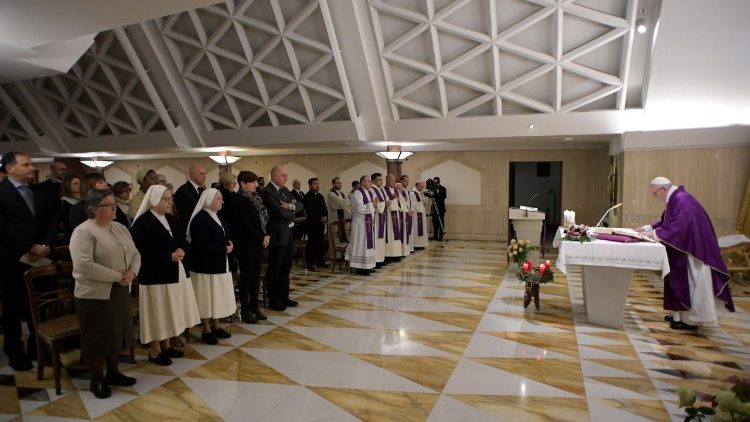The passing of a Pope is a deeply emotional moment for Catholics around the world. With the recent death of Pope Francis, many are wondering what happens next. From his funeral arrangements to the election of a new Pope, here’s a simple and clear explanation of the entire process.
How Was Pope Francis’s Death Announced?
Pope Francis, the first Latin American leader of the Roman Catholic Church, passed away on Easter Monday at the age of 88. The Vatican confirmed that he died from a stroke followed by irreversible heart failure at 7:35 a.m. local time (06:35 BST).
What makes this even more emotional is that just a day before, he delivered his final Easter Sunday address in front of thousands gathered at St. Peter’s Square. Although the Pope had been in fragile health for some time and had even spent five weeks in hospital due to double pneumonia, the news still came as a shock to many.
Who Takes Charge After the Pope Dies?
After a Pope dies, someone has to keep things running smoothly until a new Pope is chosen. That role falls to the Camerlengo — currently Cardinal Kevin Farrell, an Irish-American.
Here’s what the Camerlengo does:
- Confirms the Pope’s death with a doctor present.
- Locks and seals the Pope’s private residence.
- Destroys the Pope’s official ring and lead seal, which are used to authenticate documents.
- Prepares for the conclave, where the new Pope is elected.
Fun fact: Although the Camerlengo can technically become Pope, it’s very rare. It has only happened twice in history!
When and Where Is the Pope’s Funeral?
The funeral of Pope Francis will be held on Saturday, April 26, at 10:00 a.m. local time in front of St. Peter’s Basilica in Vatican City.
Unlike past popes who had very elaborate funeral rites, Pope Francis had requested a simpler ceremony. He will be the first Pope in over 100 years not to be buried in the crypt beneath St. Peter’s. Instead, he chose to be buried in Rome’s Basilica of St Mary Major.
His burial wishes include:
- A simple wooden casket, lined with zinc
- No triple coffins (which were tradition: cypress, lead, and oak)
Who Will Attend the Funeral?
World leaders and religious figures from all over the globe are expected to attend. Some notable names include:
- US President Donald Trump
- Ukrainian President Volodymyr Zelensky
- French President Emmanuel Macron
- EU Commission President Ursula von der Leyen
Thousands of worshipers are also expected to come and pay their respects. Starting Wednesday, Pope Francis’s casket will be displayed in St. Peter’s Basilica for public viewing.
How Is a New Pope Chosen?
The new Pope is chosen by the College of Cardinals, a group of senior leaders in the Catholic Church. There are 252 cardinals, but only 135 of them can actually vote — the ones under 80 years old.
Usually, the election begins 15 days after the Pope’s death, during a period of mourning. However, there’s some flexibility in this. When Pope Benedict resigned in 2013, the rules were changed so the conclave can start earlier if the cardinals agree.
What Happens During the Conclave?
This is one of the most sacred and secretive events in the Catholic Church.
Here’s how it works:
- All voting cardinals are housed in the Domus Sanctae Marthae, a guesthouse within the Vatican.
- They are completely cut off from the outside world — no phones, no internet, no newspapers.
- Voting takes place in the Sistine Chapel, beneath Michelangelo’s famous ceiling.
- Each cardinal writes the name of their chosen candidate on a paper ballot.
- To become Pope, a candidate must get at least 90 votes (two-thirds majority).
- After each round, the ballots are burned.
What’s With the Smoke?
Ah yes — the famous Vatican chimney smoke!
- Black smoke: No Pope yet.
- White smoke: A new Pope has been elected!
Once the white smoke appears, the world knows the decision has been made. Not long after, the new Pope steps out onto the balcony of St. Peter’s Basilica, and the senior cardinal announces:
“Habemus Papam” — Latin for “We have a Pope”.
The new Pope then reveals the papal name he has chosen. For example, Pope Francis was born Jorge Mario Bergoglio, but chose to be called Francis in honor of St. Francis of Assisi.
Who Can Be Elected Pope?
Technically, any baptised male Roman Catholic can become Pope. But let’s be real — the cardinals usually pick one of their own.
Historically, Popes have been overwhelmingly European — especially Italian. Out of 266 Popes, 217 have been from Italy.
But things are changing. Pope Francis himself was the first from South America, and he appointed over 140 cardinals from outside Europe. This opens the door to the possibility of a Pope from Africa, Asia, or even North America.
What Does the Pope Do?
The Pope is more than just a religious figure — he’s a spiritual guide for 1.4 billion Catholics worldwide. Here’s what makes the Pope so important:
- He is considered the successor to Saint Peter, one of Jesus’s original disciples.
- The Pope leads the global Catholic Church.
- He lives in Vatican City, the world’s smallest country.
- While he doesn’t earn a salary, all his living and travel expenses are covered by the Vatican.
While Protestants and Orthodox Christians don’t follow the Pope, nearly half of all Christians worldwide are Catholics, making the Pope a major global figure.
Final Thoughts
The death of Pope Francis marks the end of a humble and transformative papacy. As the world prepares to say goodbye, attention now turns to the future — to the secretive, ancient ritual of choosing a new spiritual leader.
Whether you’re Catholic or just curious about world events, the death of a Pope is always a significant moment in history. It’s a time of reflection, transition, and hope for what comes next.






Leave a Reply